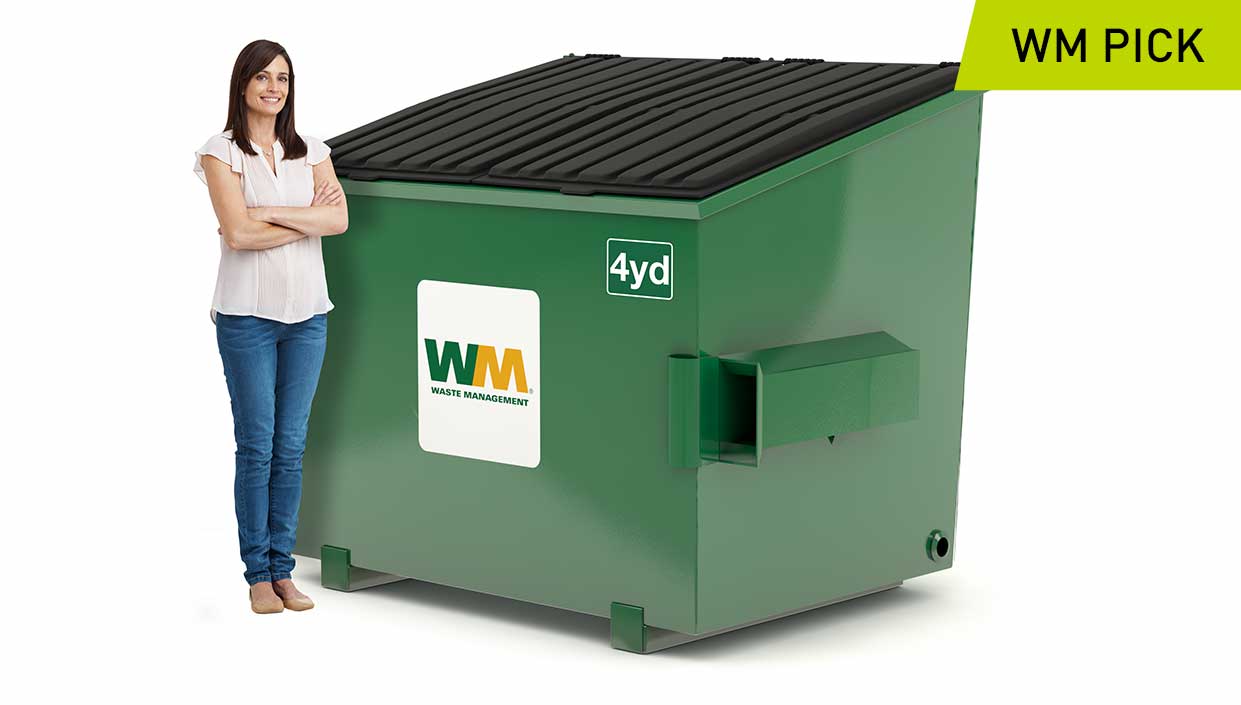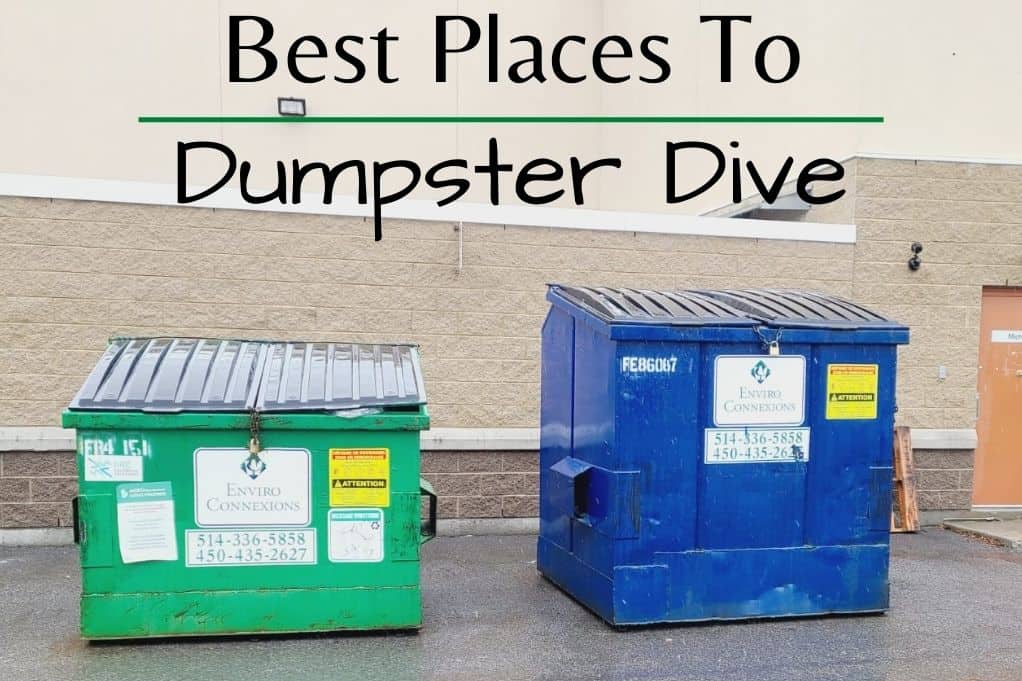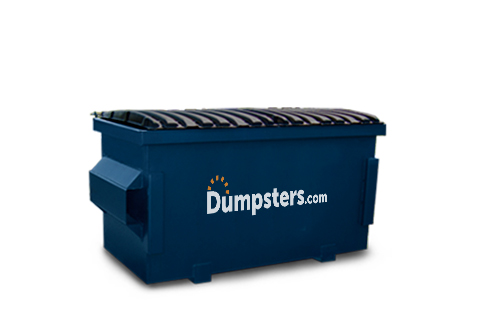Dumpster leasings supply a convenient and reliable method to manage waste disposal for different projects, ranging from small residential cleanouts to large industrial construction endeavors. With various types of dumpsters offered, including residential, business, temporary, long-term, and specialized dumpsters, it's necessary to pick the right dimension and type for your project. Aspects such as project scope, weight capability, and rental period additionally influence the rental process. By recognizing what can and can't go in a dumpster, prohibited items, and average costs, you can properly prepare and manage your garbage disposal needs, and by exploring even more, find more ideas and insights to maximize your dumpster rental experience.
Types of Dumpsters Available
From construction sites to yard cleanings, dumpsters can be found in a range of sizes and kinds to accommodate diverse waste administration needs

The 2 main categories of dumpsters are domestic and commercial, each catering to distinct demands. Residential dumpsters are suitable for small-scale projects, such as home restorations, landscape design, and debris removal. They typically vary from 10 to 30 cubic yards in dimension and are created for short-term rentals
Commercial dumpsters, on the various other hand, are matched for large-scale projects, building websites, and commercial applications. They frequently can be found in larger sizes, as much as 40 cubic lawns, and are made for long-term rentals
Additionally, specialty dumpsters, such as roll-off dumpsters and compactors, are available for specific waste monitoring needs, like heavy building and construction particles or recyclable materials.
Understanding the different sorts of dumpsters offered is essential for choosing the appropriate one for your job, making sure effective and cost-efficient waste management.
Choosing the Right Dumpster Size
Selecting the ideal dumpster size is important to establish efficient waste management and stop unnecessary costs A dumpster that is as well tiny might bring about numerous journeys to the garbage dump, leading to https://telegra.ph/Leading-10-Dumpster-Rental-Idea-02-08 boosted prices and environmental impact.
On the other hand, a dumpster that is also large might inhabit unnecessary room and cause squandered resources.

When choosing a dumpster size, evaluate the extent of your task and the type of materials you will be disposing of. For small-scale projects, such as clearing out a single space or remodeling a small kitchen area, a 10- or 15-yard dumpster might be sufficient.
For larger projects, such as building and construction or demolition, a 20- or 30-yard dumpster might be required.
It's additionally vital to examine the weight capacity of the dumpster, as excess weight can lead to added costs. Make certain to seek advice from your dumpster rental service provider to identify the perfect size and weight ability for your certain needs.
Dumpster Rental Duration Options
Rental durations commonly vary from a few days to several weeks and even months.
Short-term leasings are perfect for small projects, such as cleaning a solitary space or completing a small renovation.
Longer-term leasings are better matched for bigger jobs, like construction or demolition.
Some rental business provide adaptable rental periods, enabling clients to change the duration of their rental as needed.
Understanding the factors that influence the rental period and picking the right alternative can help guarantee an effective and hassle-free project.
What Can Enter a Dumpster
When preparing a waste management strategy for a project, it's essential to understand what materials can be put in a dumpster. This expertise aids ensure a smooth and reliable procedure, saving time and resources.
Most dumpsters can fit a wide variety of products, consisting of household waste, construction debris, and lawn trimmings. This consists of materials like drywall, roof products, floor covering, and lumber from building and construction or restoration projects.
Additionally, dumpsters can be used for general cleanup and organization jobs, approving things like old furnishings, home appliances, and boxes. Yard waste like branches, leaves, and yard cuttings can additionally be disposed of in dumpsters.
Moreover, some dumpsters might appropriate for heavier products like concrete, asphalt, and dirt, depending on the rental company's specifications It's important to contact the rental service provider for their details standards on acceptable materials to guarantee a successful and hassle-free waste administration experience.

Prohibited Things and Materials
Concrete barriers exist to avoid hazardous materials from infecting landfills and endangering ecological security. When it comes to dumpster services, comprehending what can't be thrown out is just as important as recognizing what can be taken care of. Prohibited items and materials are strictly regulated to secure the atmosphere, human health, and garbage dump infrastructure.
Among the banned products are hazardous waste, consisting of batteries, electronic devices, fluorescent light bulbs, and other hazardous products. In addition, liquids, chemicals, and gas are not admitted dumpsters, as they can infect soil and groundwater.
Certain building materials, such as asbestos, lead-based paint, and contaminated soil, are additionally strictly restricted. Other items that can not be dealt with in dumpsters include tires, home appliances, and large machinery.
It's vital to get in touch with local authorities and dumpster rental suppliers for certain guidelines on restricted things and products. By sticking to these policies, we can guarantee a much safer, a lot more sustainable environment for future generations.
Dumpster Rental Pricing Factors
Determining the cost of a dumpster rental entails assessing numerous essential factors, which can considerably influence the overall expenditure of the project.
One of the main factors is the dumpster size, as bigger dumpsters need more products and labor to transport and dispose of waste. The weight and kind of debris being gotten rid of likewise play a significant role in rates, as heavier or unsafe materials might need special handling and disposal procedures.
Rental duration is an additional crucial factor, as longer service periods commonly result in higher costs. Additionally, the location of the rental can affect rates, with metropolitan areas commonly having greater fees than backwoods due to enhanced transport expenses and regional regulations.
Finally, the type of dumpster rental solution, such as residential or business, can influence pricing, as business services frequently call for more equipment and labor.
Average Dumpster Rental Costs
With a clear understanding of the factors affecting dumpster rental pricing, it's essential to check out the average costs related to these services.
Dumpster rental costs vary depending upon the area, dumpster size, rental duration, and type of waste Usually, a 10-yard dumpster rental can cost in between $200 and $400, while a 20-yard dumpster leasing can vary from $350 to $600. A 30-yard dumpster rental generally expenses in between $450 and $700, and a 40-yard dumpster rental can range from $600 to $900.
Keep in mind that these prices are only quotes, and real expenses might vary depending on your certain needs and location.
Additionally, some dumpster rental business may charge extra fees for solutions like distribution, pickup, and disposal. It is necessary to factor these expenses into your total spending plan to ensure you're obtaining the best worth for your money.
Be certain to research study and contrast costs from various companies to discover the most cost-effective solution for your project.
Dumpster Delivery and Pick-up Process
After safeguarding a dumpster rental, the following essential action is to schedule the delivery and pick-up of the dumpster, a process that calls for mindful control to ensure a smooth experience.
This involves specifying a hassle-free shipment time and area, seeing to it the dumpster is put in an accessible area that does not block website traffic or pedestrian paths. It is very important to confirm the dumpster's size and kind with the rental company to make sure it fits in the marked space.
On the scheduled shipment day, the dumpster will be left at the agreed-upon place, and the rental period will begin. Throughout this moment, you can fill the dumpster with waste and particles, sticking to the rental firm's guidelines and weight limits
When the rental period ends, the dumpster will be grabbed, and the waste will be taken care of properly. To avoid additional fees, it is important to maintain the dumpster on-site for the agreed-upon period and make sure it awaits pickup at the scheduled time
Important Laws to Know
Beyond the logistical aspects of dumpster rentals exists a complicated internet of regulations that have to be browsed to assure a certified and hassle-free experience. Understanding these regulations is necessary to stay clear of fines, penalties, and possible lawful issues.
One key guideline to be mindful of is acquiring necessary permits Relying on the location and type of project, permits may be required from regional authorities prior to positioning a dumpster on the property.
Additionally, there are weight and size restrictions to take into account, as going beyond these restrictions can cause added costs or perhaps dumpster rejection. Various other vital guidelines consist of sticking to sound regulations, respecting community limitations, and verifying dumpsters are safely protected to stop accidents.
Moreover, particular products, such as hazardous waste, electronics, and batteries, are prohibited from being disposed of in dumpsters and should be managed separately.
Tips for Loading Your Dumpster
Optimize your dumpster rental experience by filling the dumpster successfully and safely. A well-filled dumpster not only saves you money and time but likewise guarantees a convenient rental experience.
To fill your dumpster efficiently, adhere to these ideas:
Load hefty items first: Area hefty items like building and construction debris, furniture, and devices at the end of the dumpster to develop a steady base.
Organize things by size: Prepare products by size, with smaller items like boxes and bags in addition to bigger items to make best use of space.
Leave room for very easy access: Leave enough space at the top of the dumpster for easy access when discarding products, and to stop overflowing.